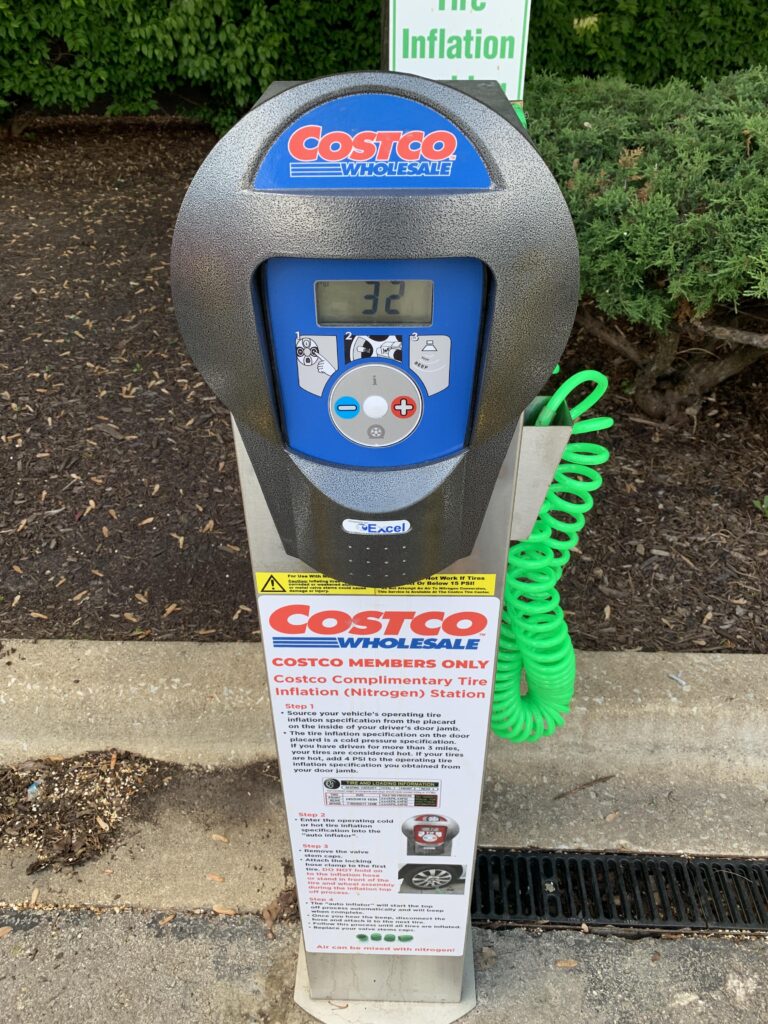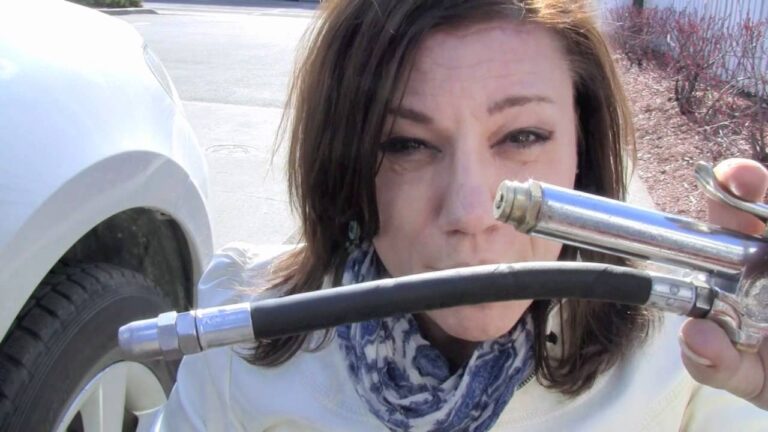How To Pump A Bike Tire Presta Valve
Flat tire? It’s frustrating, especially when you’re ready for a ride. But don’t worry! Learning how to pump a bike tire presta valve is easier than you think. This guide will walk you through the entire process, from identifying the valve type to achieving the perfect tire pressure, ensuring you’re back on the road in no time. You’ll learn the proper techniques and troubleshoot common problems, leaving you confident in maintaining your bicycle’s tires.
Identifying Your Bike Tire Valve
Before you even think about pumping, you need to know what kind of valve you have. This section will focus on identifying the Presta valve and distinguishing it from Schrader valves, commonly found on car tires. Knowing this is the crucial first step in learning how to pump your tires effectively and prevent leaks.
Presta vs. Schrader Valves
- Presta Valves: These valves are thinner and have a small cap that needs to be unscrewed before pumping. They are commonly found on road bikes and high-performance bicycles. Presta valves offer better air retention due to their design, minimizing the need for frequent inflation.
- Schrader Valves: These are the familiar valves found on car tires. They have a larger diameter and a button that needs to be pressed down for air to flow. They’re generally easier to inflate.
Most modern bicycle pumps can handle both valve types, but knowing the difference ensures you’re using the correct technique.
Using a Floor Pump with a Presta Valve
Floor pumps offer greater control and efficiency when it comes to pumping a bike tire Presta valve. This section explains the step-by-step process, highlighting key considerations for optimal results and preventing common mistakes like overinflation.
Attaching the Pump Head
- Unscrew the small cap at the top of the Presta valve.
- Carefully align the pump head with the valve and press down firmly. You should hear a slight hiss as the pump head seals onto the valve. Ensure a proper seal to prevent air leakage.
Pumping the Tire
- Pump steadily and rhythmically until the desired tire pressure is reached. Consult your tire’s sidewall for the recommended PSI (pounds per square inch).
- Over-inflation can damage your tire and/or rim, while under-inflation increases the risk of punctures and affects your riding experience. Aim for the sweet spot.
A common mistake is pumping too forcefully; a steady rhythm is more effective and prevents accidental damage to the valve.
Detaching the Pump Head
- Once you have reached the correct tire pressure, gently release the pressure on the pump head.
- Remove the pump head from the valve.
- Carefully replace the dust cap on the Presta valve.
Using a Hand Pump with a Presta Valve
Hand pumps are portable and convenient but require a slightly different approach to how to pump a bike tire Presta valve. This section provides the detailed steps for effective inflation using a hand pump and addresses some common challenges.
Choosing the Right Hand Pump
- Look for a pump specifically designed for Presta valves, or one that is compatible with both Presta and Schrader valves. Some hand pumps have a dual-head mechanism, simplifying the process.
- Consider the pump’s volume and pressure capabilities. A high-volume pump will inflate the tire quicker, while a high-pressure pump is beneficial for achieving the desired PSI.
Pumping Technique
The process is similar to using a floor pump; however, hand pumps often require more effort and multiple pumping sessions. Ensure a tight seal to minimize effort and maximize air pressure. Remember to maintain a consistent pumping rhythm to prevent fatigue and to ensure even inflation.
Troubleshooting Common Problems
Even with proper technique, problems can occur. This section will guide you through troubleshooting common issues when pumping a bike tire Presta valve, helping you identify and solve them effectively.
The Valve Won’t Inflate
- Check the Valve Cap: Ensure the valve cap is completely removed. A partially unscrewed cap can obstruct the airflow.
- Pump Head Alignment: Double-check that the pump head is properly aligned and firmly seated on the valve. A poor seal is a common cause of inflation issues.
- Valve Core: The valve core might be obstructed or damaged. You might need to use a valve core removal tool to clean or replace it.
Air Leaks After Pumping
- Check for Punctures: Inspect the tire carefully for any punctures or embedded objects. Even a small puncture can cause a slow leak.
- Valve Seal: A weak seal between the pump head and the valve can cause leakage. Make sure you’re applying sufficient pressure to the pump head.
- Inspect the Rim Tape: Check for any gaps or damage to the rim tape. The rim tape is crucial in preventing air leakage from the inside of the tire.
Myths About Presta Valves
Presta valves are difficult to use:
While they might seem more complex initially, with practice, using Presta valves becomes second nature. The initial learning curve is minimal compared to the long-term advantages of better air retention.
Presta valves are more prone to failure:
This isn’t necessarily true. Proper maintenance and correct inflation techniques are vital regardless of the valve type. A damaged Presta valve is usually repairable or replaceable.
Presta valves are only for high-end bicycles:
Presta valves are used on many bikes, from high-end road bikes to hybrid bikes and even some mountain bikes. Their superior air retention is a benefit for all types of cycling.
Maintaining Your Bike Tires
Regular tire maintenance extends the life of your tires and prevents unexpected flats. This section offers practical tips on maintaining your bike tires.
Checking Tire Pressure Regularly
Check your tire pressure before every ride. This is a simple yet essential step in preventing flats and maintaining optimal performance. Regular checks ensure you’re not riding under-inflated, which impacts handling and comfort.
Cleaning Your Valves
Regularly clean your valves to remove dirt and debris. A clean valve is less prone to issues, preventing air leakage. A simple wipe-down is sufficient during most cleaning sessions.
Proper Storage
Store your bike indoors and away from extreme temperatures or direct sunlight. These conditions can negatively impact tire pressure and tire life. Avoiding excessive sun exposure also preserves tire integrity.
FAQ
What is the correct tire pressure for my bike?
Consult your tire’s sidewall; it indicates the recommended PSI (pounds per square inch) range. Inflating your tires to the recommended range will ensure optimum handling and comfort.
How often should I check my tire pressure?
Ideally, check your tire pressure before every ride. This ensures you’re always riding with optimal pressure, maximizing handling and safety. Regular checks prevent unwanted issues.
What should I do if I cannot inflate my Presta valve?
First, check for obstructions in the valve, ensuring the cap is completely removed. If that doesn’t work, carefully inspect the valve for any damage. If still problematic, you might need a valve core removal tool or professional assistance.
What if my tire keeps losing air?
Check for any punctures in the tire itself. If there are none, check the rim tape for damage. A leaking rim tape can cause significant air loss. You may also have a faulty valve.
Can I use a Schrader pump on a Presta valve?
No. A Schrader pump is designed specifically for Schrader valves. You’ll need an adapter or a pump that’s compatible with both valve types.
What is the best type of pump for Presta valves?
High-volume pumps are useful for quick inflation. For maintaining precise pressure, consider a high-pressure pump with a gauge for better control.
How do I know if my valve is damaged?
If you experience difficulties inflating the tire or notice that it loses air quickly, the valve could be damaged. Inspect the valve closely for any visible cracks, bends, or other deformities.
Final Thoughts
Mastering how to pump a bike tire Presta valve is a fundamental skill for any cyclist. By understanding the process, troubleshooting common problems, and practicing regular maintenance, you’ll ensure your tires are always properly inflated, leading to a smoother, safer, and more enjoyable ride. So grab your pump, check your tire pressure, and hit the road with confidence!


